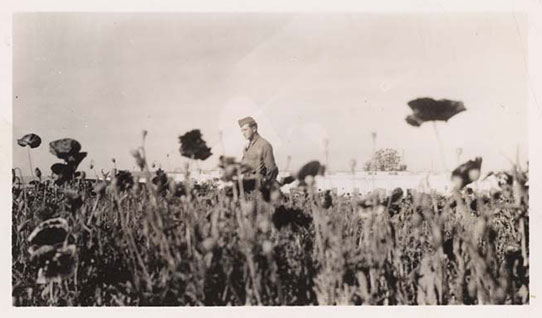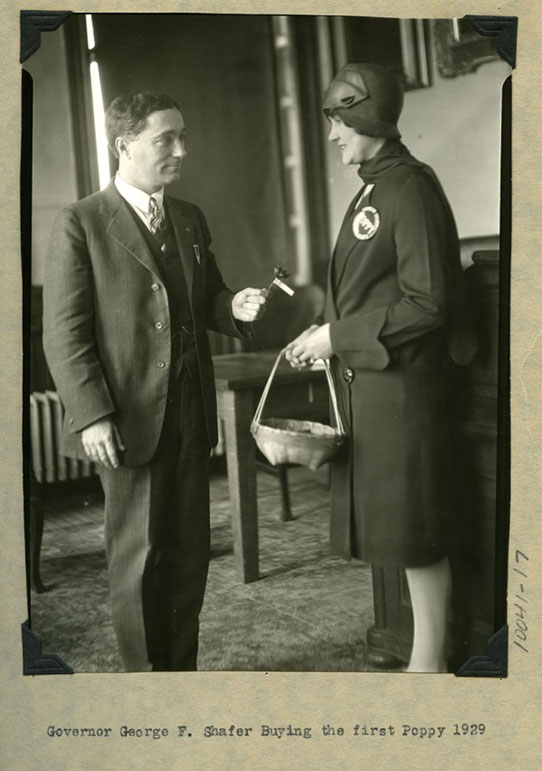Two of the things museum and history professionals think about are what kinds of events from our collective past to recognize and commemorate, and how those can be accomplished in meaningful ways. It is our job as history professionals to sift through the immense amount of newspapers, diaries, photographs, artifacts, and other research materials, hoping to tease out the relevant stories that help contemporary people connect with all of the people who came before us. We will try to meet one of those challenges head-on as we look for ways to commemorate the 100th anniversary of the United States joining the efforts of European allies, including the British Empire and France, in World War I.
When the United States officially joined the war effort on April 6, 1917, European powers had already been embroiled in the war for nearly three years. By November 1918, as a tenuous peace was being reached, millions of soldiers and civilians had died in the war. Early in the conflict people were already struggling to understand the unprecedented loss of life. In 1915, a Canadian military doctor, Major John McCrae, penned the famous poem “In Flanders Fields.”[1] The common cornfield poppy mentioned in the poem, Papaver rhoeas (not to be confused with the opium poppy, Papaver somniferum), grows so well it is considered a weed in many places. The familiar annual, with four red petals surrounding a black base, remains a striking symbol and continues to grow abundantly all over the Flanders Fields battlefield and cemetery memorials.

A soldier stands in a field of poppies in French Morocco. SHSND 2013-P-030-304.
Poppies have become well known in many countries, including the United States, for honoring the servicemen killed during and after World War I. The visual of the red poppy mentioned in McCrae’s poem resonated with an American teacher, Moina Michael, and inspired her to also promote using the flower as a symbol of remembrance. The Veterans of Foreign Wars and American Legion Auxiliary both began distributing poppies in the 1920s. Both organizations continue to this day to give complimentary crepe paper poppies made by disabled veterans in exchange for donations.

Governor George Shafer buying the first poppy from Ms. Henry Hanson, May 25, 1929. SHSND 10041-17.
Poppies remain an integral part of numerous commemoration events, programs, and exhibits occurring throughout Great Britain as remembrance efforts get underway there. The State Historical Society of North Dakota is also looking for creative and meaningful ways to use poppies as part of commemoration events in North Dakota. An easy and affordable way for communities and individuals all over the state to participate in this commemoration would be to plant poppies in community gardens. Several varieties of poppies are easy to grow throughout North Dakota, from the traditional cornfield poppy of Flanders Fields to the showier oriental poppy. Contact your local garden club to ask what plans they might have to plant poppy gardens in the next couple of years to commemorate this significant world-changing event.
[1] John McCrae, “In Flanders Fields,” The Great War: 1914-1918, accessed July 5, 2016, http://www.greatwar.co.uk/poems/john-mccrae-in-flanders-fields.htm.

